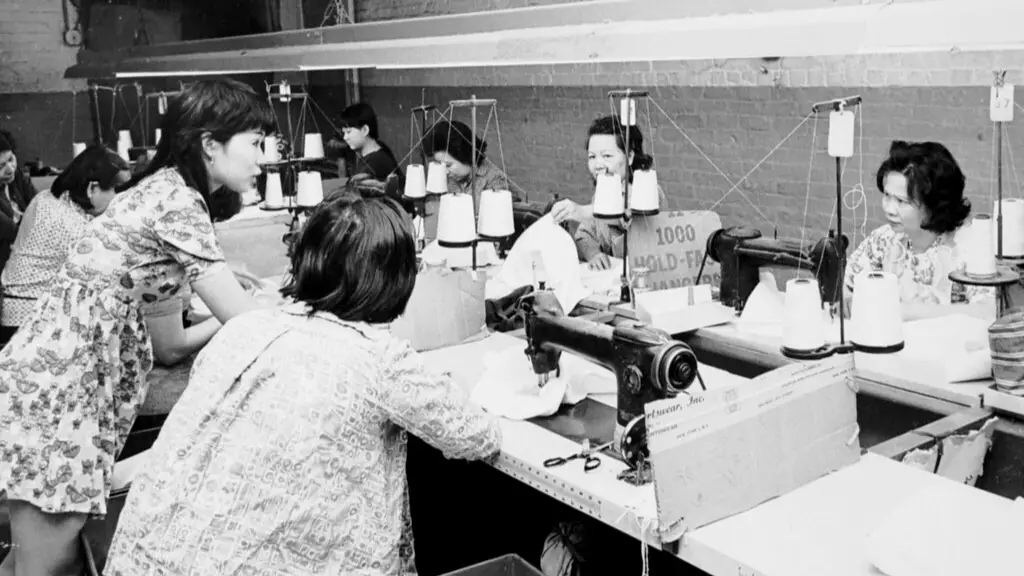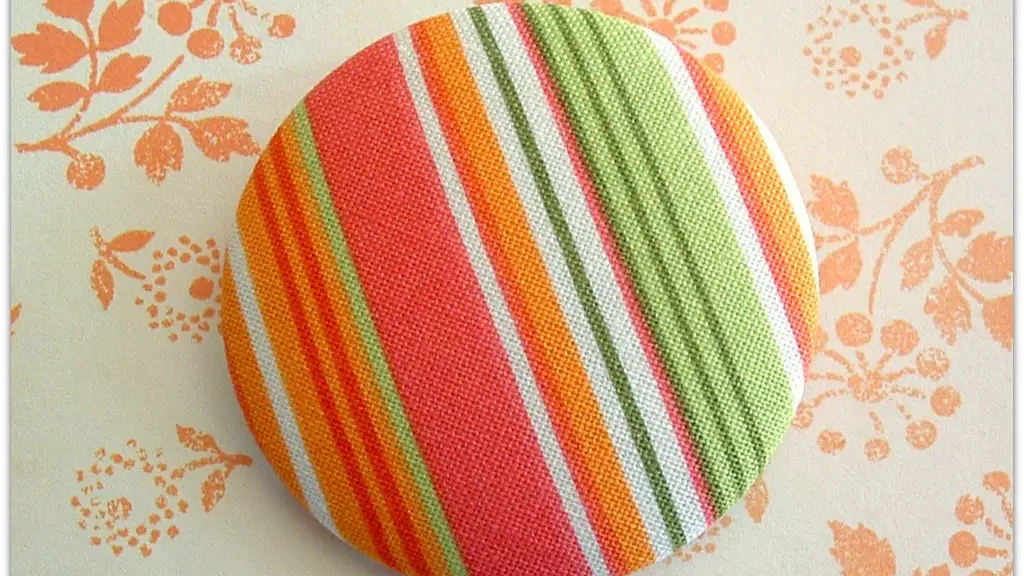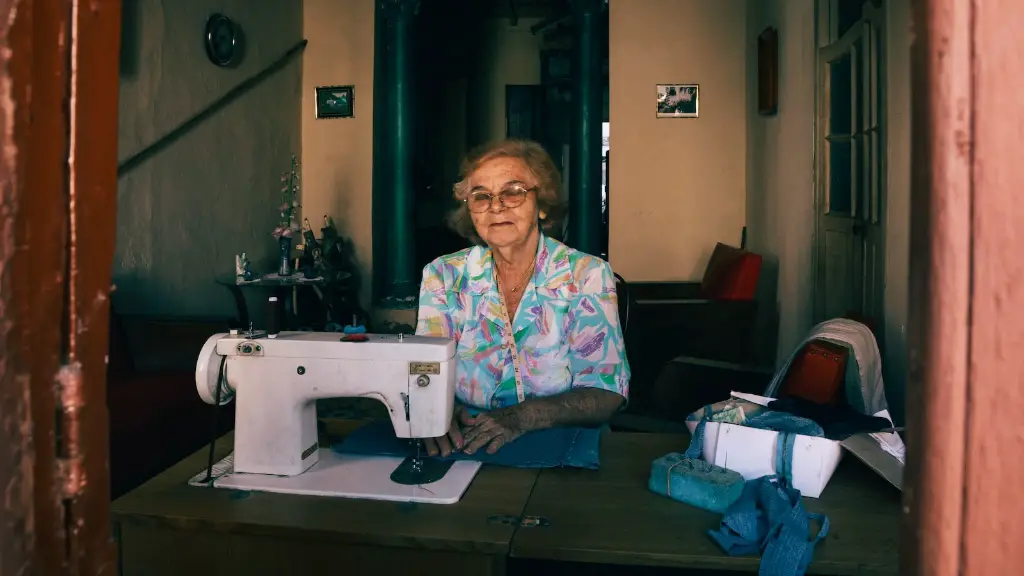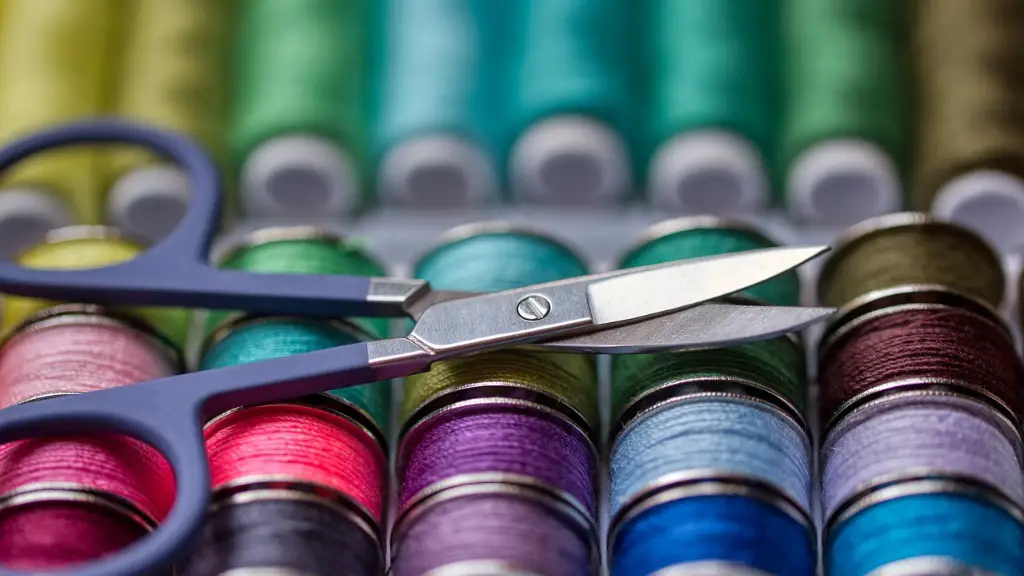Stitch Basics
Sewing is both an art and a practical skill. To get good results with any sewing machine, a good understanding of the basics is essential. You need to understand the tension adjustment on your Brother CS6000i sewing machine, as it ensures even stitches, no skipped stitches and a neat and even bobbin thread.
In majority of cases, the correct tension for basic stitches is in the number 4 to 5 range on most machines. To start, set the tension at its midpoint of 4.5 and test stitch on a few scraps of fabric you plan to use.Test every fabric to get an idea of the best tension setting. As a general guide, silks, crepes, knits and fine wools need a lower tension setting of 4 or less and heavier fabrics such as cotton, denim and tweed should be set at 5 or increasingly higher.
Checking the Tension Dial
The tension of the Brother CS6000i sewing machine is regulated by a numbered dial on the face of the machine. To regulate this tension, turn the dial either to the right or left to increase or decrease the tension. To ensure optimal thread tension, check the tension of your machine before you begin each sewing task.
To check the tension of the thread on the needle, insert a needle threaded with an appropriate thread weight into the needle, making sure the thread passes through the tension dial. Pull the thread up and press the pedal lightly to test the tension. It should “feel” correct. If the thread seems too loose, turn the Thread Tension Dial to the right slightly, that is clockwise. If the thread tension is too tight, turn the Thread Tension Dial to the left slightly, that is anti-clockwise.
Bobbin Thread Tension
On a Brother CS6000i sewing machine, the bobbin thread tension can be adjusted separately. If the stitches appear stretched on the back, the bobbin thread might be too loose. Turn the screw on the bobbin case counter clockwise with a small flat-head screwdriver. The bobbin case should still be able to rotate freely when the tension is set properly. Test the bobbin tension on scrap fabric. If your fabric looks loopy on one side and the thread looks tight on the other side, the bobbin tension may be too tight. Turn the screw on the bobbin case clockwise to loosen the tension.
Understanding Thread
Part of adjusting tension is understanding which type of thread you are using. Using the correct thread for the fabric you are sewing is essential for proper tension. The middle number on a spool of thread is the thread weight. Use a number 50 or higher thread for medium to heavy fabrics and a number 60 or higher for lightweight or sheer fabrics such as organza, chiffon or sheer curtains. When attaching buttons, try a higher number thread for a more secure result.
Vertical Spool Position
As with all newer Brother machines, the CS6000i has the added luxury of the vertical spool position. Therefore the machine is able to cope with the larger spools of thread which produce less strain on the machine tension. As a result it’s important to use the larger spool of thread as this in turn helps maintain the tension of the thread.
Troubleshooting
If the thread tension is set correctly, but your stitches are coming out too loose, chances are you are using the wrong size needle for the thread and fabric. If you are using a needle that is too small for the thread, it puts too much strain on the thread resulting in loose stitches. Change the needle to a size that corresponds to the thread weight you are using, or switch to a finer thread weight.
Maintenance Schedule
Be sure to perform regular maintenance on your Brother CS6000i sewing machine. This includes cleaning, oiling, and making sure all the tension dials are properly adjusted. A worn bobbin case, worn needle, or improper needle installation can also affect the stitch tension, resulting in loose or tight stitches.
Take it for a ‘Test Drive’
Once you’ve adjusted the tension settings and learnt all the basics, it’s important to continue to practice. Pull out some scraps and take the Brother CS6000i sewing machine for ‘test drives’ regularly to ensure the settings are correct and the stitches are consistent. You could also take an online course which focuses on machine tension and other important features to help build your knowledge and confidence.
Using the Right Needles
The size, type and quality of the needle used is just as important as the tension in achieving good results. Use a new, quality needle every time. Replace it frequently, especially when sewing heavy fabrics, jeans and leather. Check your needle size to confirm that it is the right size for the type of fabric and thread being used. When sewing with a universal needle, use the same size number as the thread weight. For example, if you are using a 50 weight thread, use a size 14 universal needle.
Adjusting Needle and Plate
Also the needle and plate should be adjusted to the proper size and height settings. This is essential when working with fabrics of different thicknesses, as the needle must penetrate the fabric easily. Make sure to position the presser foot lever in the highest position and then select a setting for the needle plate accordingly. Increasing the needle plate setting will raise the fabric further away from the needle.
Adjusting Presser Foot Pressure
This feature is to adjust the pressure that the presser foot exerts on the fabric. Bumping up the foot pressure may help to keep heavier fabrics moving in a single direction, from left to right. A heavier presser foot pressure can result in the fabric being pulled or dragged during stitching. If the pressure is too low, the stitches will be loose, and the thread may not be able to pull the fabric under the presser foot as necessary.
Inspecting Sears and Holes
When sewing thicker textiles, it is important to inspect the fabric carefully before stitching to make sure all seams are constructed properly and the tension adjustment is correct. Incorrect needle size, the wrong stitch length, or a too-tense thread tension can all cause skipped stitches, holes in the fabric, or a poor overall stitch quality. Make sure to inspect the underside of the fabric and top of the fabric to ensure the stitches are looking even, and that the thread tensions aren’t too tight.



